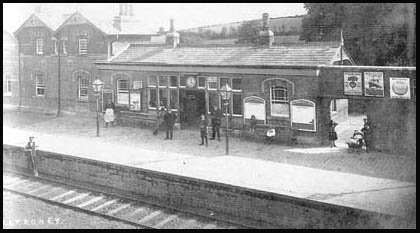Rathfriland Town. |
| |
Rathfriland.
|
||||
Its name Donal Og Magennis, Lord of Iveagh, founder of the Rathfriland Branch of the Magennis family. Surrendered his lands to King Henry VIII, who granted Donal Og Magennis a charter to retain his lands; given a knighthood 1542. After the 1641 rebellion Rathfriland came under the control of William Hawkins of London, much of the castle was pulled down by Hawkins acting on instructions from General Ireton relayed from Cromwell, Ireton's father in law. Some of the stones are said to have been used to build the Town Inn which still exists on the corner of The Square and Newry Street. Sometime It had a population of 2,079 people in the 2001 Census. It is within the Banbridge District Council area Up until 1955 when the Great Northern Railway between Newcastle and Banbridge was closed Rathfriland was served by Ballyroney Station some three miles distant. Rathfriland has produced many famous people Patrick Brontë, the father of the Brontë sisters (Charlotte, Emily and Anne) was born in 1777 in a cottage close to Loughbrickland, where he lived until a local vicar paid his way to Cambridge University in 1802. While studying at Cambridge, he changed his name to Brontë. He preached and taught at Drumballyroney Church and School House, between Rathfriland and Moneyslane. Read about the The Barony of Iveagh, By James O'Laverty. 1878 The Brontë Homeland Interpretative Centre is at Drumballyroney. |
||||
|
|


 is derived from the Irish Ráth Fraoileann meaning "Fort of
Fraoile" Rathfriland was in ancient times the headquarters of the
Magennis clan Lords of Iveagh who ruled much of southern and central County
Down, perhaps as far north as Lough Neagh, there are still remains of
the Maginnes castle which was a square building rising to three or four
storey's.
is derived from the Irish Ráth Fraoileann meaning "Fort of
Fraoile" Rathfriland was in ancient times the headquarters of the
Magennis clan Lords of Iveagh who ruled much of southern and central County
Down, perhaps as far north as Lough Neagh, there are still remains of
the Maginnes castle which was a square building rising to three or four
storey's. between
1760-64 The Market House in the main square was built as a linen market
by Miss Theodosia McGill a descendant of Hawkins, there is a map in existence
dated 1776 from the Meade Papers showing the layout of the town. See
between
1760-64 The Market House in the main square was built as a linen market
by Miss Theodosia McGill a descendant of Hawkins, there is a map in existence
dated 1776 from the Meade Papers showing the layout of the town. See